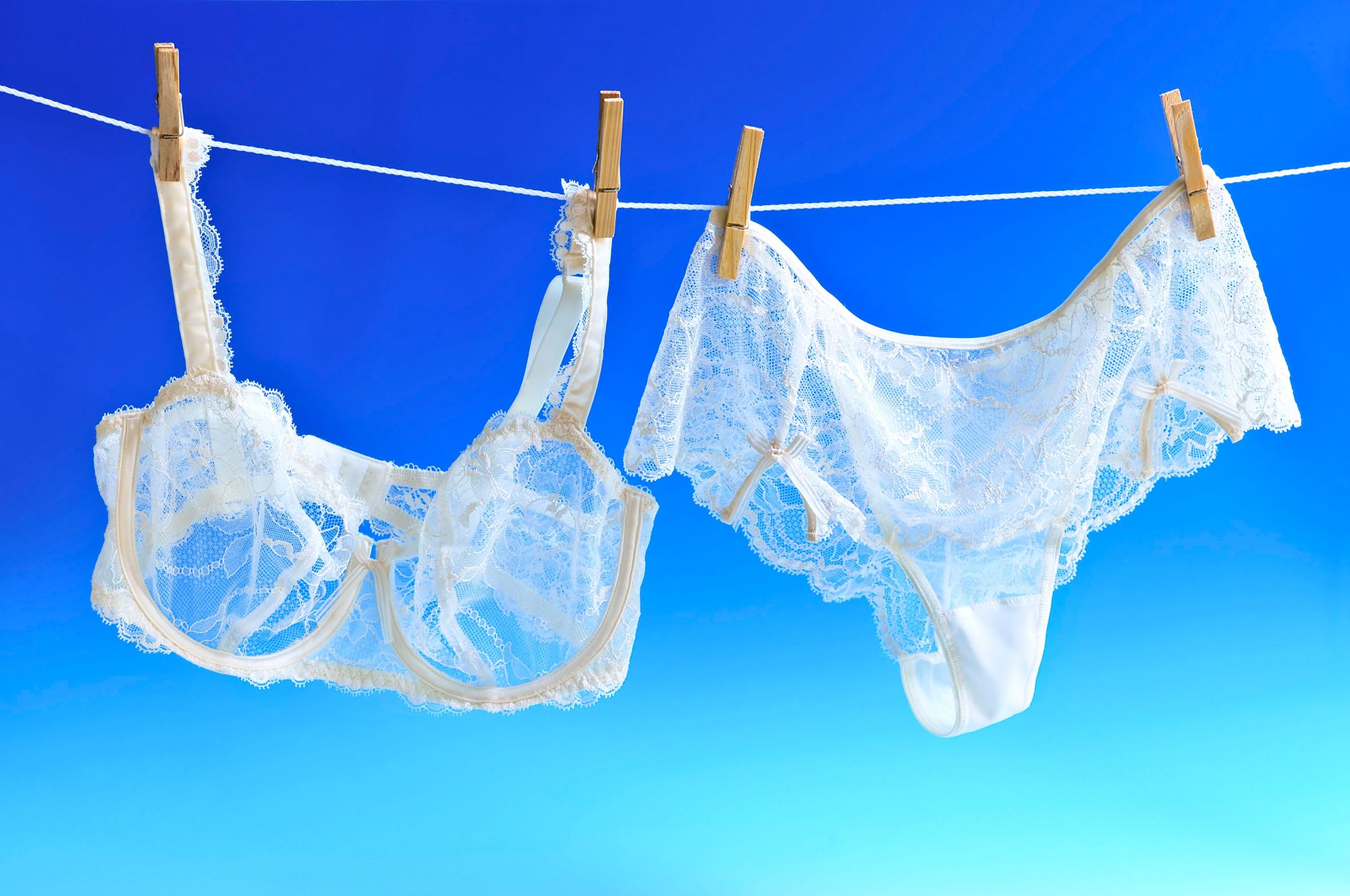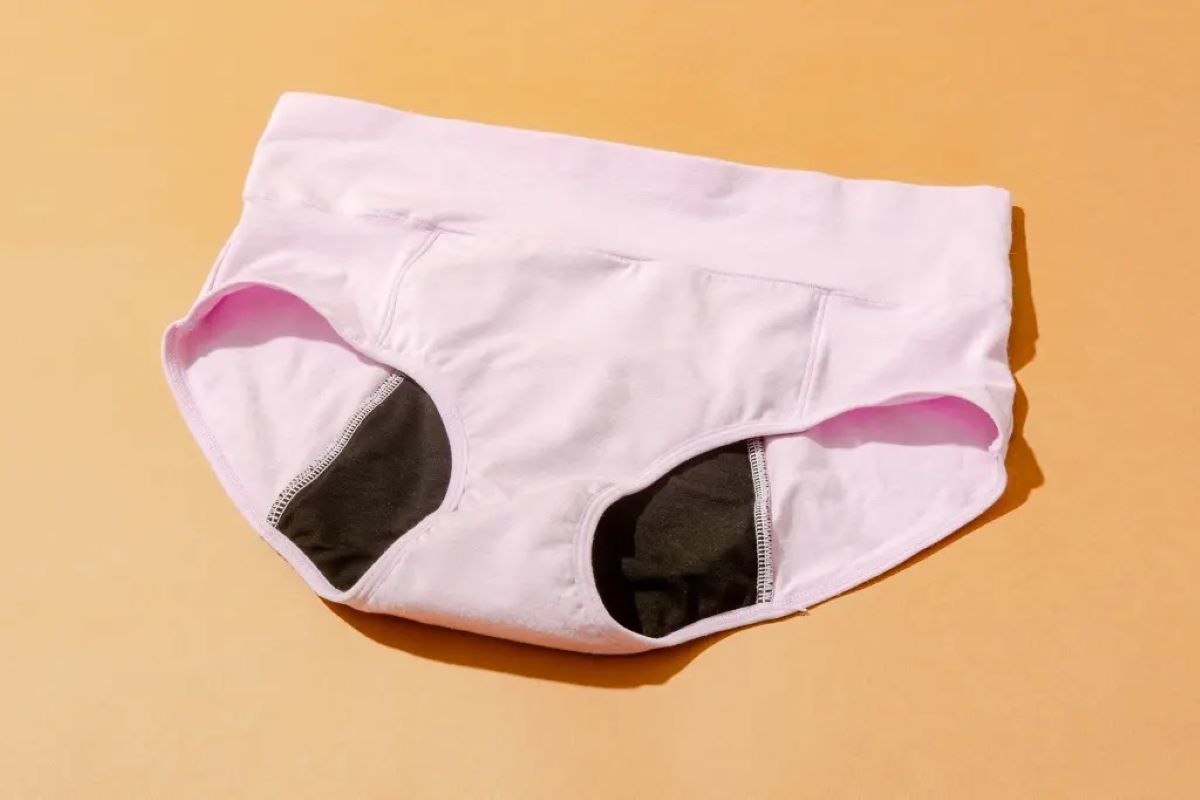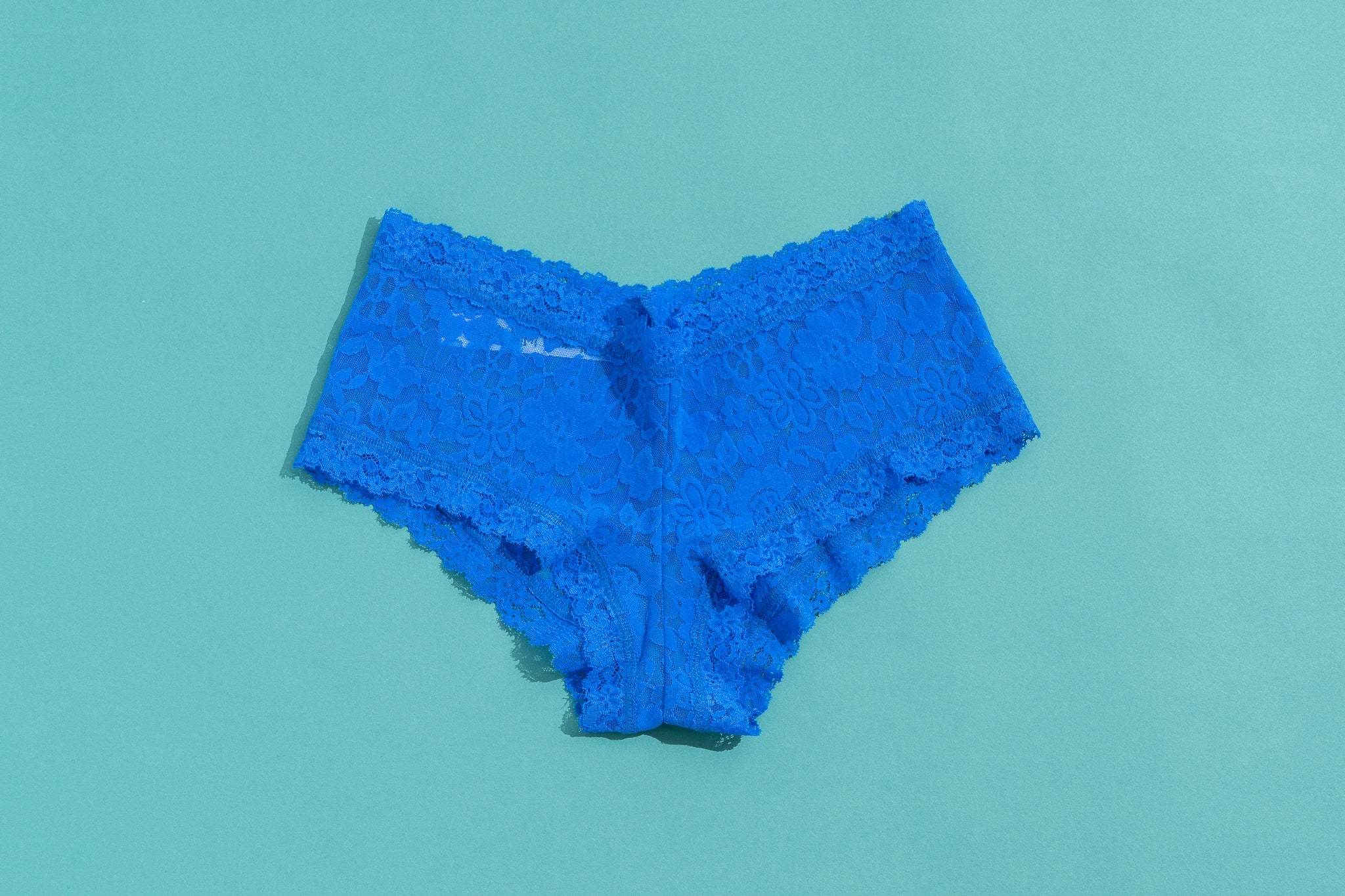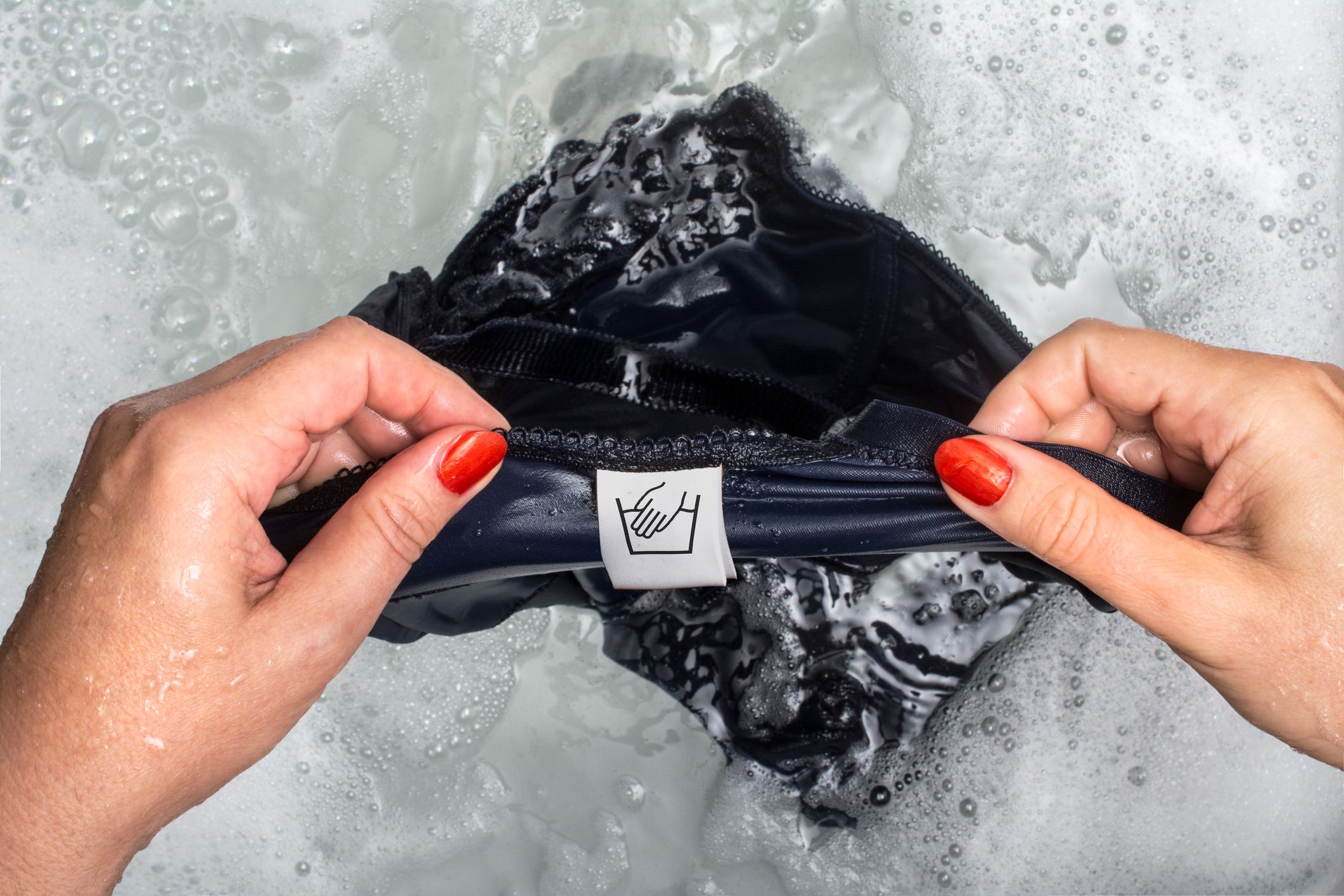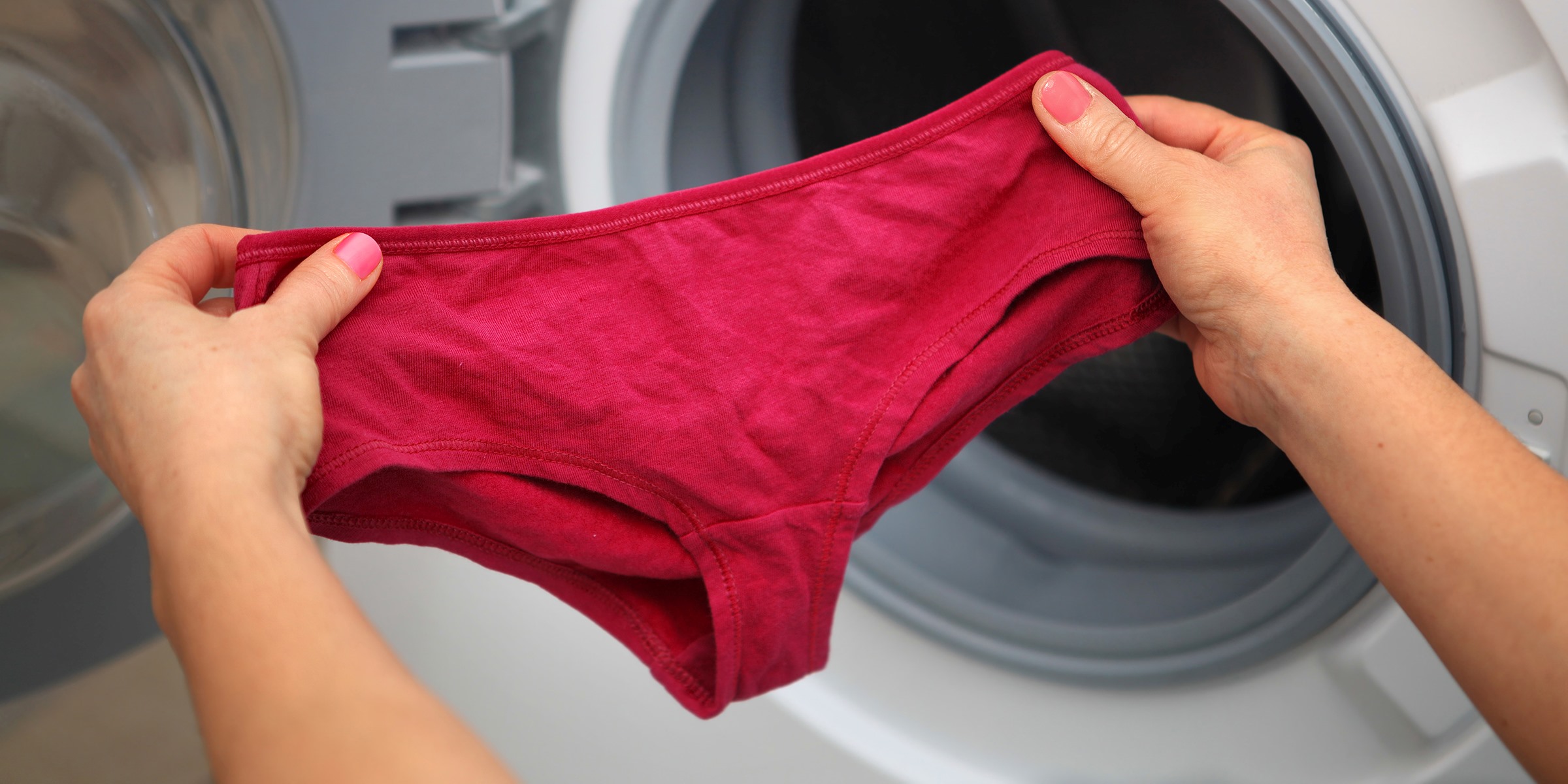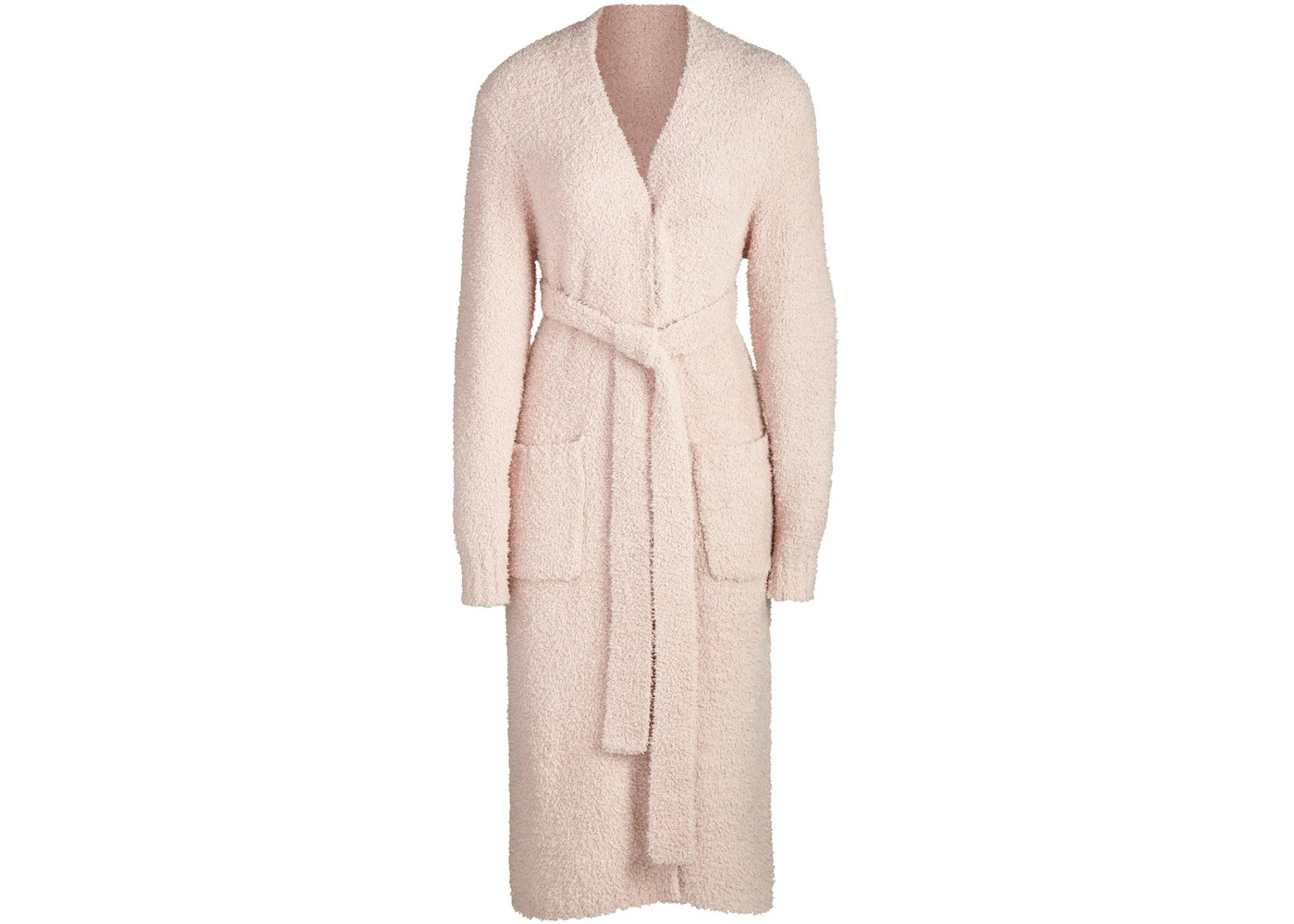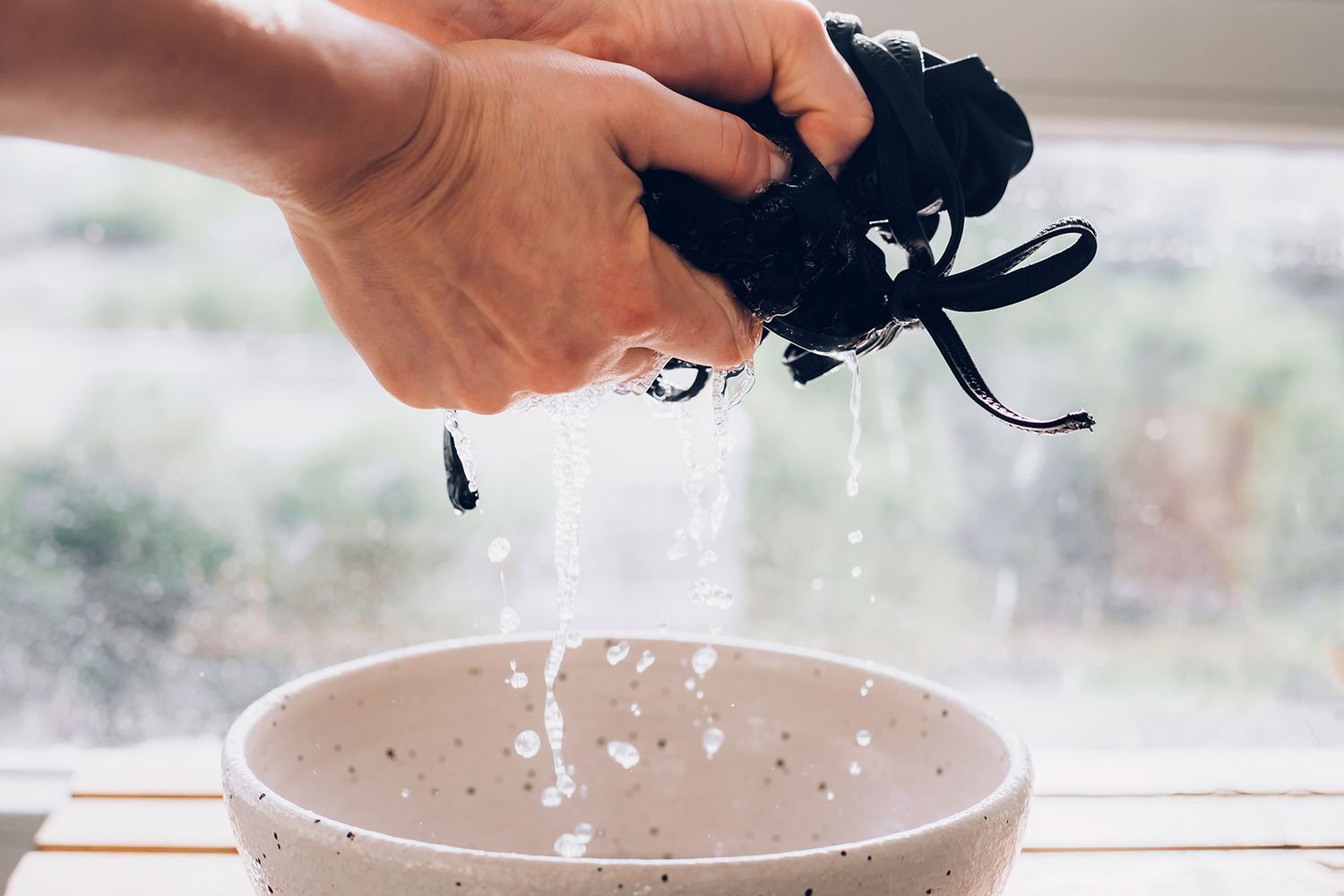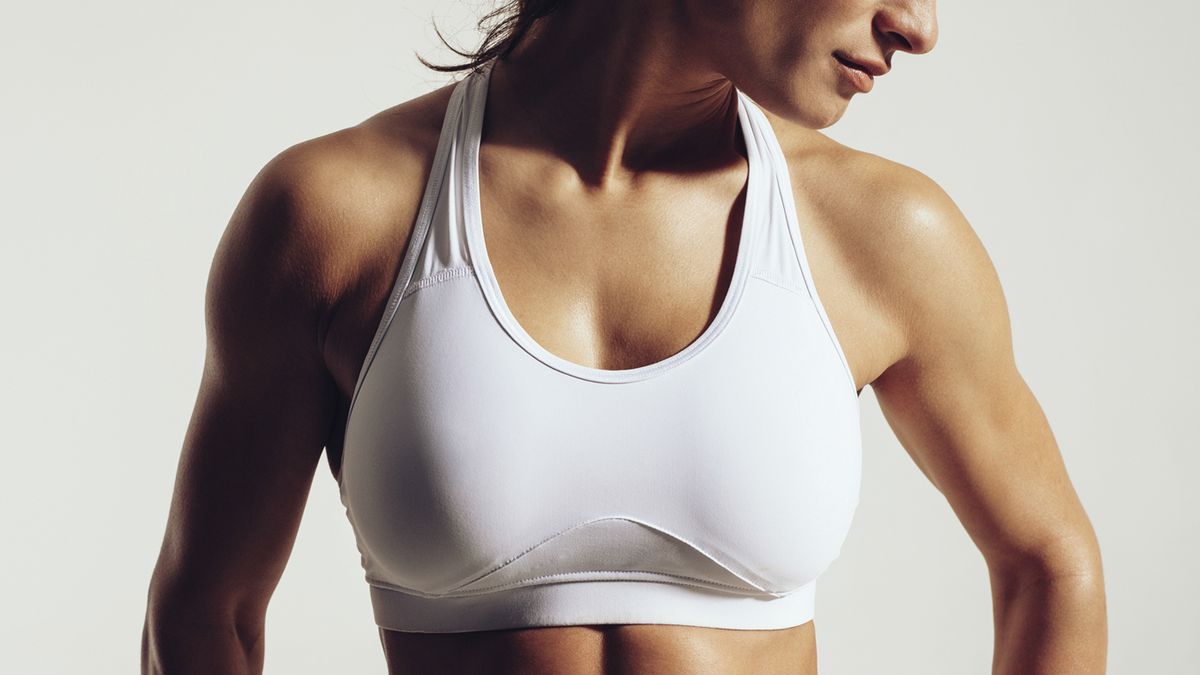Home>Women's Underwear>Bras>How To Wash A Bra In The Washer
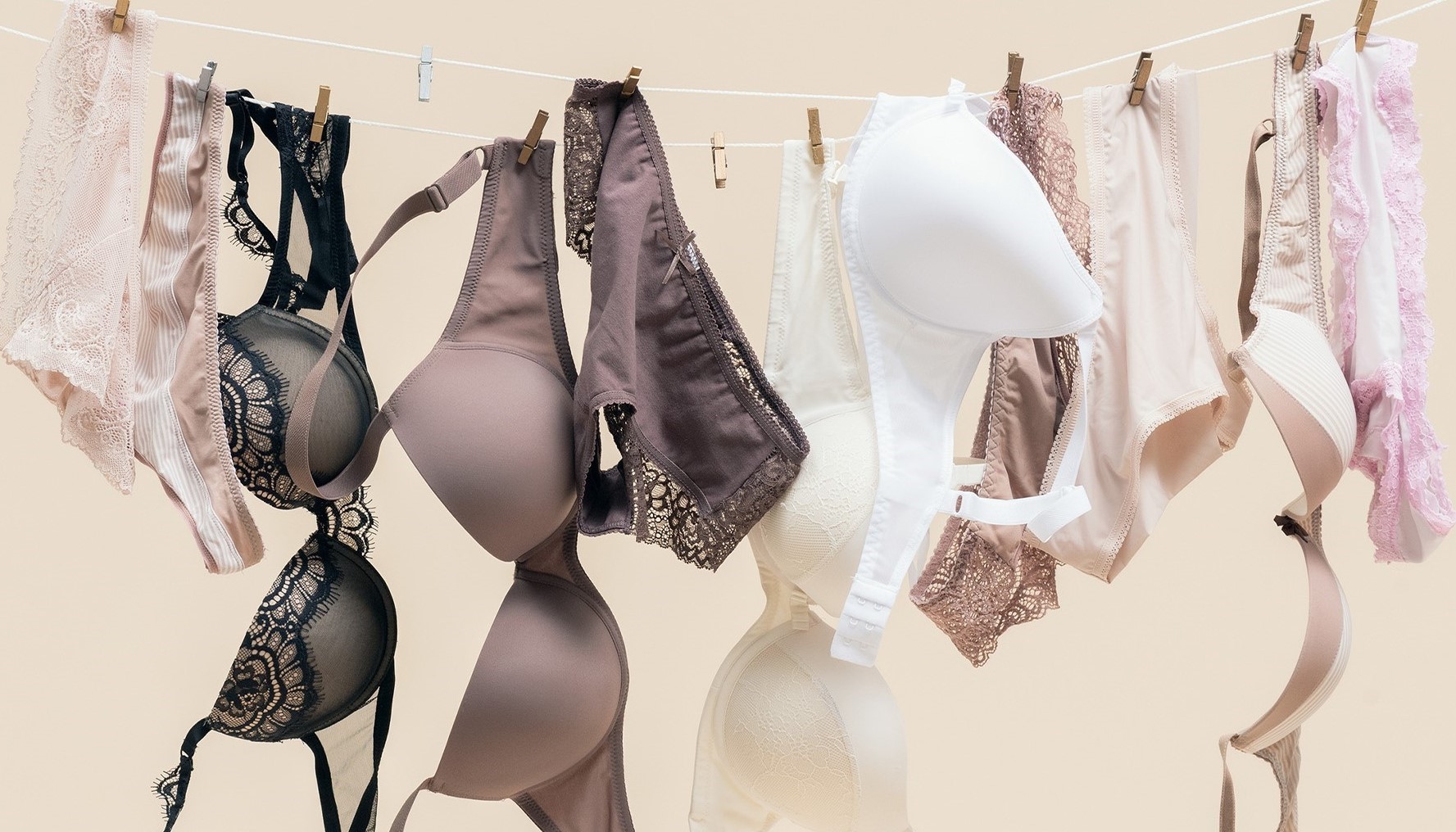

Bras
How To Wash A Bra In The Washer
Published: July 31, 2023
Learn the proper way to wash bras in the washer and keep them looking and feeling their best. Discover gentle techniques for cleaning and maintaining bras.
(Many of the links in this article redirect to a specific reviewed product. Your purchase of these products through affiliate links helps to generate commission for Under-tec.com, at no extra cost. Learn more)
Table of Contents
- Introduction
- Step 1: Preparation
- Step 2: Choose the Right Cycle
- Step 3: Use a Mesh Wash Bag
- Step 4: Fasten All Hooks and Straps
- Step 5: Use a Mild Detergent
- Step 6: Wash on a Gentle Cycle
- Step 7: Avoid Hot Water
- Step 8: Avoid Harsh Detergents
- Step 9: Air Dry Only
- Step 10: Store Properly After Washing
- Conclusion
Introduction
Bras are an essential part of a woman’s wardrobe, providing support and comfort throughout the day. However, with regular use, bras can accumulate sweat, oils, and dirt, which may compromise their integrity and hygiene. That’s why it’s crucial to know the proper way to wash bras in the washer to keep them clean and long-lasting.
While hand washing bras is always a safe option, it can be time-consuming and inconvenient. Using a washing machine not only saves time but also ensures a thorough and efficient cleaning process. However, it’s important to note that not all bras can be tossed into the machine without any precautions. Different types of bras require different care, and understanding the proper washing techniques is essential to prevent damage and maintain the shape and elasticity of the bras.
In this article, we will guide you through the step-by-step process of washing bras in the washer to ensure optimal cleanliness while protecting their delicate fabrics and components. By following these guidelines, you can save time and effort while maintaining the longevity of your bras.
Step 1: Preparation
Before you start washing your bras in the washer, it’s essential to gather everything you need and prepare the bras accordingly. Taking the time to prepare will help prevent any damage and ensure the best results.
1. Sort your bras: Separate your bras based on color and fabric. This will prevent any color bleeding or fabric damage during the wash. It’s best to wash dark-colored bras together and light-colored ones separately.
2. Check for any damages: Inspect each bra for any loose threads, worn out elastics, or underwire poking out. Repair any damages before washing to avoid further deterioration.
3. Remove any detachable parts: If your bra has removable pads, straps, or decorative elements, take them off before washing. These parts can get tangled or damaged in the washer.
4. Close all hooks and clasps: To avoid tangling and snagging, ensure that all hooks, clasps, and front closures are securely fastened. This will prevent any damage to the bras or other garments during the wash.
5. Use a laundry bag: To protect your bras from getting caught on other clothing or the drum of the washer, place them in a mesh laundry bag. The bag will provide an extra layer of protection and keep your bras intact.
By following these preparation steps, you set the foundation for a successful and safe bra washing process in the washer. Taking a few extra minutes to prepare will help maintain the quality and longevity of your bras.
Step 2: Choose the Right Cycle
One of the critical factors in washing bras in the washer is selecting the appropriate cycle. The right cycle ensures that your bras are gently washed without causing any damage. Here are some tips to help you choose the right cycle:
1. Delicate or Hand Wash Cycle: Most modern washers have a delicate or hand wash cycle specifically designed for delicate fabrics like bras. This cycle uses a slower agitation speed and a shorter wash time to minimize potential damage to your bras.
2. Avoid Heavy Duty Cycles: Bras are made from delicate materials that can be easily damaged in high-speed and high-temperature cycles. Avoid using heavy-duty or intense cycles, as they can be too harsh for your bras and may lead to stretching, deformities, or tears.
3. Consider a Cold Water Cycle: Hot water can weaken the elasticity of your bras and cause them to lose their shape. Opt for a cold water cycle to prevent any potential damage. Cold water also helps maintain the integrity of any underwire or padding in your bras.
4. Gentle or Low Spin Speed: High-speed spins can be rough on bras, leading to deformation and damage. Choose a gentle or low spin speed setting, which will minimize the impact on your bras while still effectively removing excess water.
5. Evaluate Your Washer’s Options: Different washers have various settings and options, so familiarize yourself with your machine’s specific features and use those that are designed for delicate garments.
By selecting the right cycle, you can ensure that your bras receive the gentle care they need to remain in optimal condition. It’s important to remember that bras require special attention, and choosing the appropriate cycle is a crucial step in the washing process.
Step 3: Use a Mesh Wash Bag
When washing bras in the washer, it’s essential to use a mesh wash bag to provide an extra layer of protection. A mesh wash bag serves as a barrier between your bras and the other clothes in the machine, preventing them from getting tangled or damaged. Here’s why using a mesh wash bag is crucial:
1. Prevents Tangling: Bras have delicate straps, hooks, and underwires that can easily get tangled with other garments during the wash cycle. Placing your bras in a mesh bag ensures that they stay separate and minimizes the risk of tangling, preventing any potential damage or deformation.
2. Protects from Snagging: The hooks or clasps on bras can catch onto other fabrics in the washer, causing pulls or tears. By placing your bras in a mesh wash bag, you create a protective barrier that reduces the chances of snagging and preserves the integrity of your bras.
3. Maintains Shape and Elasticity: Bras, especially those with underwires, can lose their shape or become misshapen when tossed and agitated with other clothes in the washer. By using a mesh wash bag, you help maintain the shape and elasticity of your bras, ensuring they provide the desired support and fit.
4. Easy Identification: Using a mesh wash bag allows you to easily identify and retrieve your bras once the wash cycle is complete. This saves time and ensures that the bras are handled gently when transferring them from the washer to the drying area.
5. Versatile and Reusable: Mesh wash bags are not only beneficial for washing bras but can also be used for other delicate items like lingerie, stockings, and baby clothes. They are reusable and durable, making them a worthwhile investment for your laundry routine.
Using a mesh wash bag is a simple yet effective way to protect your bras during the washing process. It offers peace of mind knowing that your bras are safe from entanglement and potential damage, and helps prolong their lifespan.
Step 4: Fasten All Hooks and Straps
Before placing your bras in the washer, it’s crucial to fasten all hooks and straps to ensure they remain secure during the wash cycle. Taking this step helps prevent any damage or distortion to your bras and ensures they maintain their shape and functionality. Here’s why it’s important to fasten all hooks and straps:
1. Prevents Snagging: Loose hooks or clasps can catch onto other garments or the mesh wash bag, leading to snagging and potential tearing. By fastening all hooks and clasps, you minimize the risk of damage and maintain the integrity of your bras.
2. Preserves Elasticity: Bras typically have adjustable straps, and leaving them loose can cause them to stretch out unnecessarily in the washer. By securing the straps, you help preserve their elasticity and ensure they provide the desired support and fit.
3. Avoids Wrinkling and Misshaping: If the straps or hooks are left undone, the bras may twist or fold in the washer, resulting in wrinkles or misshaping. Fastening all hooks and straps keeps the bras in place, preventing any distortion and maintaining their original form.
4. Protects Other Garments: Loose hooks or clasps can potentially damage other items in the washer, such as delicate fabrics or undergarments. By fastening all hooks and straps, you prevent any accidental snags or entanglements, protecting both your bras and other garments.
5. Promotes Even Cleaning: When the hooks and straps are fastened, the bras are more likely to be properly agitated and cleaned evenly. This ensures that all parts of the bras receive the necessary washing and removes any accumulated dirt or oils.
By taking the time to fasten all hooks and straps before washing, you ensure that your bras are washed effectively while minimizing the risk of damage. It’s a small yet important step in maintaining the quality and longevity of your bras.
Step 5: Use a Mild Detergent
Choosing the right detergent is crucial when washing bras in the washer. Using a mild, gentle detergent is recommended to protect the delicate fabrics and prevent any potential damage. Here’s why using a mild detergent is important:
1. Gentle on Fabrics: Bras are made of delicate materials such as lace, satin, or silk. Using a mild detergent ensures that these fabrics are treated gently without causing any harm. Harsh detergents can lead to fading, discoloration, or even deterioration of the fabric fibers.
2. Retains Color and Brightness: Vibrant and colorful bras can lose their brightness over time due to repeated washing. Using a mild detergent helps retain the original color and vibrancy of the bras, ensuring they look fresh and new for longer.
3. Odor Elimination: Bras can accumulate sweat, body oils, and odors throughout the day. A good quality mild detergent effectively removes these odors, leaving your bras clean and fresh smelling.
4. Hypoallergenic Properties: Many mild detergents are hypoallergenic, making them suitable for individuals with sensitive skin. These detergents are formulated to reduce the risk of skin irritation or allergic reactions, keeping your skin comfortable and irritation-free.
5. Environmentally Friendly: Choosing a mild detergent that is biodegradable and eco-friendly reduces the harmful impact on the environment. It is an eco-conscious choice that contributes to sustainable laundry practices.
When using a mild detergent, be sure to follow the manufacturer’s instructions and use the recommended amount. Using too much detergent can leave residue on your bras, impacting their appearance and feel.
By using a mild detergent, you can effectively clean your bras while protecting the delicate fabrics and ensuring they remain in great condition. It’s a small change that can make a big difference in how your bras look and feel after each wash.
Step 6: Wash on a Gentle Cycle
When washing bras in the washer, it’s important to select a gentle cycle to minimize the risk of damage. Washing bras on a gentle cycle ensures a delicate and thorough clean without subjecting them to excessive agitation. Here’s why washing on a gentle cycle is essential:
1. Gentle Agitation: Gentle cycles are designed to provide a softer and less aggressive wash. The reduced agitation helps prevent any stretching, twisting, or misshaping of the bras, as compared to more intense cycles.
2. Preserves Fabric Quality: Delicate fabrics used in bras, such as lace or silk, require extra care during washing to maintain their quality. A gentle wash cycle minimizes wear and tear, allowing the bras to retain their softness, texture, and integrity.
3. Protects Underwire and Padding: Many bras have underwires or padding that can be damaged if subjected to rough washing. The gentle cycle helps to prevent any deformities or breakage in these structural components, ensuring the bras continue to provide adequate support.
4. Suitable for Different Types of Bras: Bras come in various styles, including full-coverage, sports bras, bralettes, and push-up bras. Regardless of the style, a gentle cycle is generally safe and suitable for all types of bras, ensuring consistency in washing practices.
5. Longer Cycle Duration: Gentle cycles typically have longer washing durations with slower speed, allowing for more thorough cleaning and rinsing without any harsh impacts on the bras. This extra time ensures effective removal of dirt, sweat, and residue from the bras.
Remember to follow the manufacturer’s guidelines and recommendations regarding the specific settings for washing bras. This includes factors such as water temperature, spin speed, and detergent amount. Adhering to these guidelines ensures optimal cleaning and maintenance of your bras.
By selecting the gentle cycle, you can wash your bras effectively while minimizing the risk of damage. This ensures that your bras remain in good condition, providing comfort and support for a longer period.
Step 7: Avoid Hot Water
When washing bras in the washer, it’s important to avoid using hot water. Hot water can be harsh on the delicate fabrics and elastic materials used in bras, compromising their quality and fit. Here’s why it’s essential to opt for cooler water temperatures:
1. Preserves Elasticity: Hot water can weaken the elasticity of the bra’s bands and straps, causing them to stretch out and lose their shape. By using cooler water, you help maintain the firmness and resilience of the elastic components, ensuring your bras provide the necessary support.
2. Prevents Color Fading: Excessive heat can cause colors to fade, especially in bras made from vibrant or delicate fabrics. Cooler water temperatures help retain the original color of the bras, keeping them looking fresh and vibrant for longer.
3. Protects Underwire and Padding: Bras with underwire or padding can be negatively affected by hot water. Heat can cause the materials to deform, resulting in discomfort or an altered fit. Using cooler water helps preserve the structural integrity and shape of these components.
4. Reduces Shrinkage: Some bras may contain fibers that are prone to shrinking when exposed to high temperatures. Cooler water minimizes the risk of shrinkage, ensuring your bras maintain their original size and fit.
5. Decreases Potential Damage: Heat can increase the likelihood of damage to delicate embellishments, such as lace or decorative elements, by causing them to become brittle or warp. By washing bras in cooler water, you reduce the risk of such damage.
It’s important to note that using cold water alone may not effectively remove stains or odors. In such cases, consider pre-treating the affected areas before washing or using a mild detergent specifically formulated for cold water washing to achieve optimal cleanliness.
By avoiding hot water, you can extend the lifespan of your bras and keep them looking and feeling their best. Cooler water temperatures provide a gentle yet effective way to clean your bras while preserving their quality and fit.
Step 8: Avoid Harsh Detergents
Using the right detergent is crucial when washing bras in the washer. It’s important to avoid harsh detergents that contain strong chemicals or additives that can be damaging to the delicate fabrics and materials used in bras. Here’s why it’s essential to choose gentle detergents:
1. Protects Fabrics: Harsh detergents can strip away the natural oils and fibers of the bra’s fabric, causing them to weaken or degrade over time. Gentle detergents help preserve the integrity of the fabric, ensuring your bras stay in good condition and last longer.
2. Maintains Colors: Vibrant and colorful bras can lose their brightness when exposed to harsh detergents. Mild detergents are formulated to be color-safe, preventing color fading or bleeding without compromising the overall cleanliness of your bras.
3. Gentle on Skin: Bras come into direct contact with your skin, so using harsh detergents can potentially irritate or cause allergic reactions. Opting for gentle detergents that are free from harsh chemicals reduces the risk of skin irritation, ensuring your bras remain comfortable to wear.
4. Preserves Elasticity: The elastic components of your bras, such as bands and straps, can lose their elasticity when exposed to harsh detergents. Gentle detergents protect the elasticity of these components, ensuring the bras retain their shape and provide reliable support.
5. Eco-Friendly Option: Many gentle detergents are formulated with environmentally friendly ingredients, making them a sustainable choice for your laundry routine. These detergents are biodegradable and do not contribute to water pollution or harm aquatic life.
When selecting a detergent for washing bras, look for those labeled as “delicate,” “gentle,” or “lingerie.” These detergents are specifically designed to provide effective cleaning power without compromising the quality of your bras.
By avoiding harsh detergents, you can ensure that your bras are effectively cleaned while maintaining their quality and integrity. Choose gentle detergents that are suitable for delicate fabrics, and your bras will continue to look and feel their best with each wash.
Step 9: Air Dry Only
After washing your bras in the washer, it is important to air dry them instead of using a dryer. Air drying is the gentlest and safest method to preserve the shape, elasticity, and overall quality of your bras. Here’s why it’s crucial to air dry your bras:
1. Prevents Damage: High heat from the dryer can cause the fibers of your bras to weaken, shrink, or warp. Air drying helps maintain the structural integrity of the bras, preventing any potential damage to the fabric, straps, or underwire.
2. Retains Shape and Support: When bras are exposed to heat in the dryer, the elastic components may become loose or lose their original shape. Air drying allows the bras to gradually regain their elasticity, ensuring they provide the necessary support and fit.
3. Reduces Wrinkling: The tumbling motion of the dryer can lead to wrinkling in delicate fabrics, especially with bras that have lace, intricate details, or padding. Air drying helps minimize wrinkles, ensuring your bras look smooth and neat after each wash.
4. Extends Lifespan: Regularly using the dryer can accelerate wear and tear on bras, leading to premature deterioration. Air drying your bras helps preserve their quality, allowing them to last longer and maintain their optimal performance over time.
5. Energy Efficient: Air drying your bras is an environmentally friendly choice as it eliminates the need for electricity consumption associated with using a dryer. It helps reduce your carbon footprint and contributes to sustainable laundry practices.
When air drying your bras, it’s important to reshape them to their original form. Gently pat and reshape the cups, straps, and any padding to maintain their proper shape and appearance.
Find a well-ventilated area, preferably away from direct sunlight, to hang or lay your bras flat to dry. Avoid hanging them by their straps, as this can stretch the elastic. Instead, lay them flat on a clean towel or drying rack to allow for proper air circulation.
By air drying your bras, you ensure that they remain in excellent condition, maximizing their lifespan and maintaining their functionality. It’s a simple yet effective step in the overall care and maintenance of your bras.
Step 10: Store Properly After Washing
After washing and air drying your bras, it’s crucial to store them properly to maintain their shape and prevent any damage. Proper storage helps prolong the lifespan of your bras and ensures they are ready for use whenever you need them. Here’s how to store your bras after washing:
1. Fasten All Hooks: Before storing, ensure that all hooks and clasps are securely fastened. This helps maintain the shape and prevents any tangling or snagging with other bras or clothing.
2. Stack or Fold Cups: If you prefer stacking your bras, gently nestle one cup into the other to preserve their shape. Alternatively, you can fold your bras in half, with the cups facing outward, making sure the underwire stays flat to avoid any bending or warping.
3. Utilize Drawer Dividers or Bra Organizers: Consider using drawer dividers or specialized bra organizers to keep your bras separate and organized. These tools help prevent any squishing or distortion of the cups while optimizing space in your drawer or storage area.
4. Store in a Cool, Dry Place: Choose a cool, dry place to store your bras. Avoid areas with direct sunlight or high humidity, as these factors can affect the elasticity and color of the bras. A lingerie drawer or closet shelf works well for proper storage.
5. Rotate Your Bras: To ensure even wear, it’s a good practice to rotate your bras regularly. This helps prevent overuse and allows the bras to maintain their elasticity and shape for a longer period.
By storing your bras properly, you preserve their integrity and ensure they stay in excellent condition. It’s a small effort that goes a long way in extending the life of your beloved bras.
Conclusion
Washing bras in the washer can be a convenient and efficient way to keep them clean and fresh. By following the proper steps and techniques, you can ensure that your bras remain in excellent condition, providing comfort and support for an extended period.
From preparing your bras and selecting the right cycle to using a mesh wash bag, fastening hooks and straps, and avoiding harsh detergents and hot water, each step plays a critical role in maintaining the quality and longevity of your bras. Additionally, air drying your bras and storing them properly are essential for preserving their shape and ensuring they are ready for use whenever you need them.
Remember that each bra is unique, and it’s vital to follow the care instructions provided by the manufacturer. Some bras may require special attention or hand washing to ensure their integrity. Always prioritize the well-being of your bras, as proper care will help you get the most out of your investment.
By incorporating these steps into your bra washing routine, you can keep your bras clean, comfortable, and looking their best. With proper care, your bras will continue to provide the support and confidence you need, making you feel fantastic every time you wear them.
So, go ahead and tackle your laundry with confidence, knowing that you have the knowledge to wash your bras in the washer effectively and safely.
